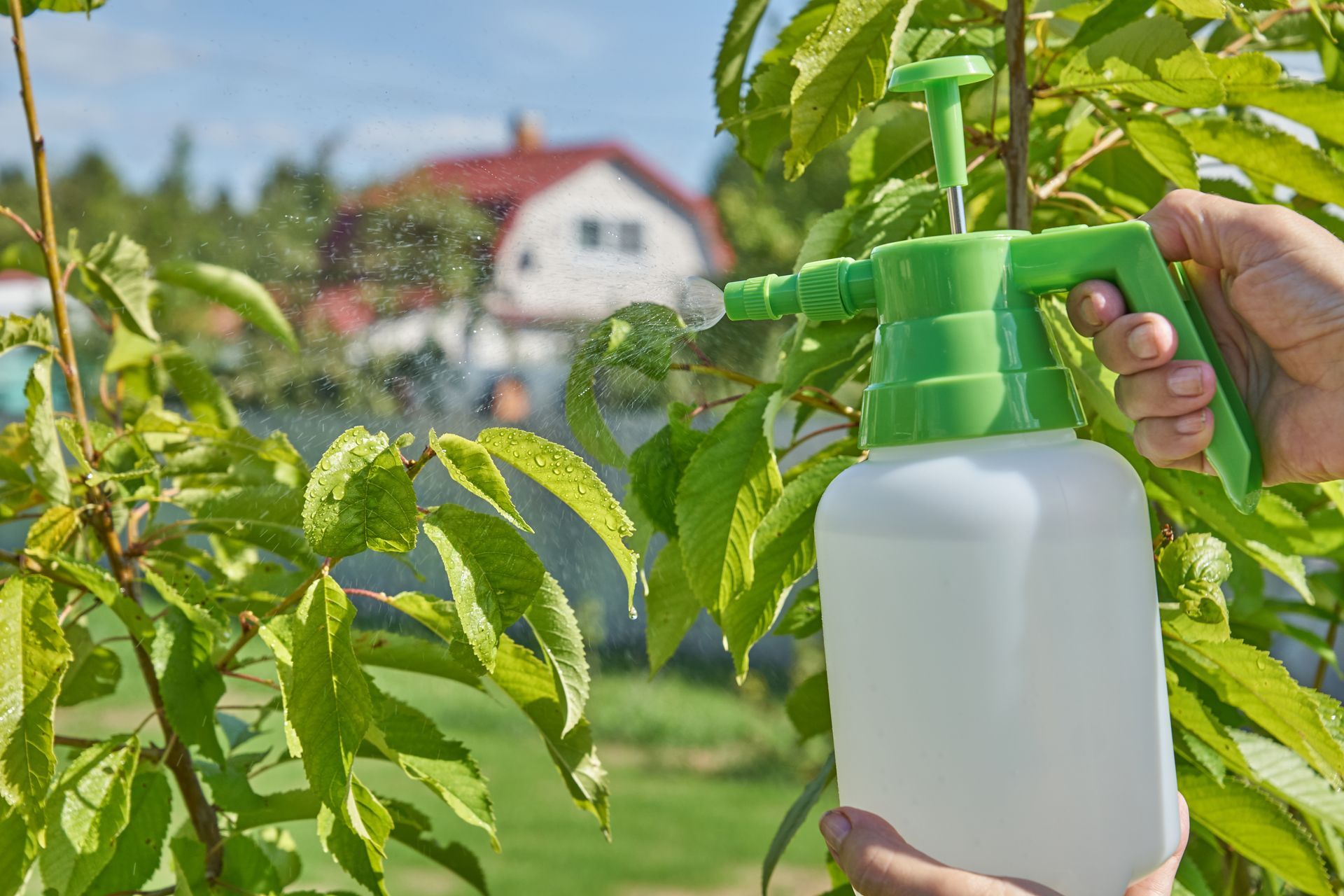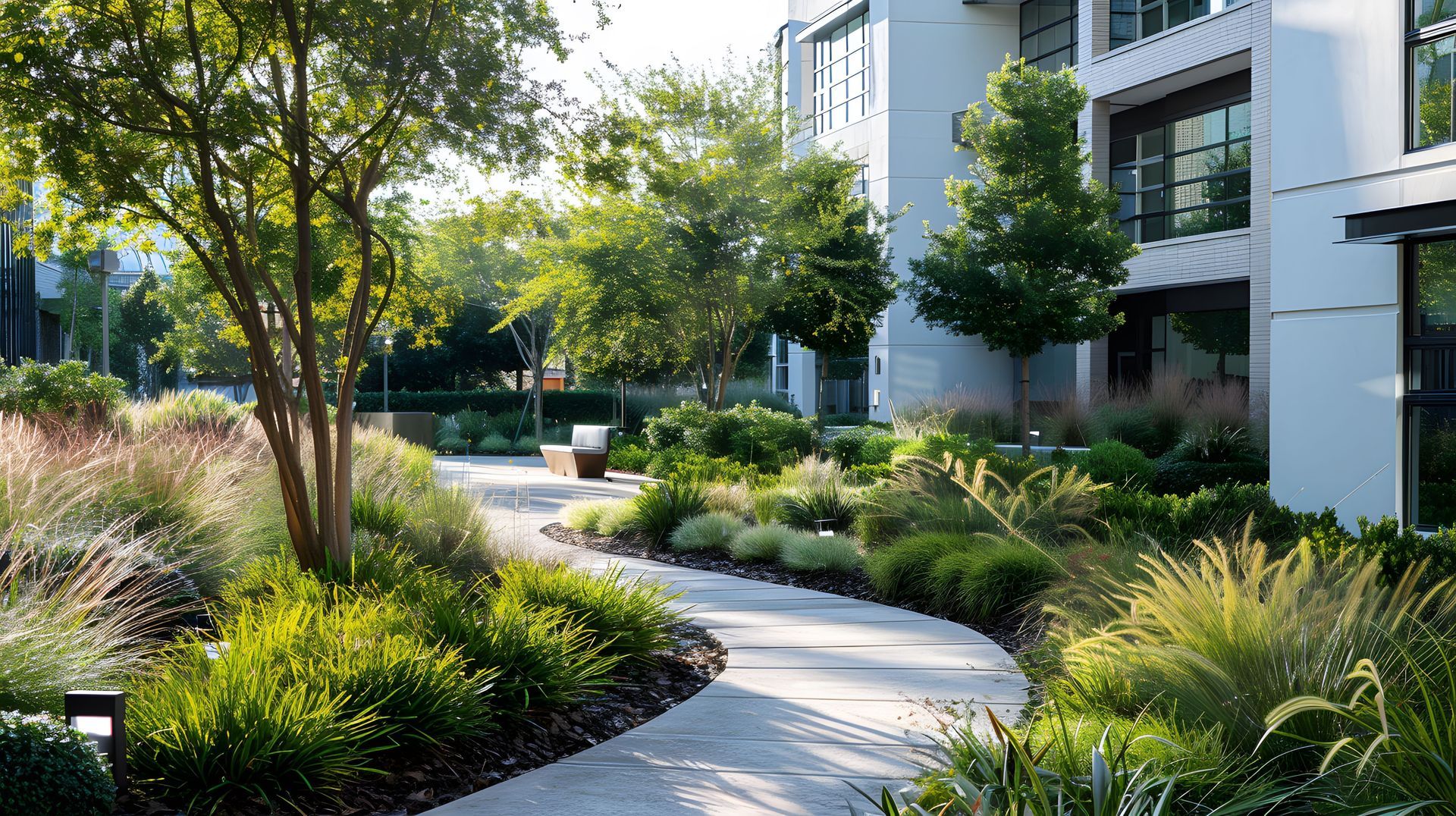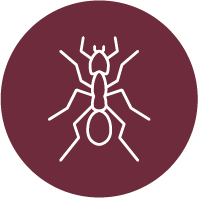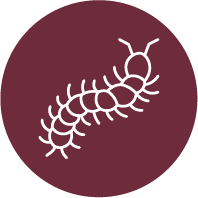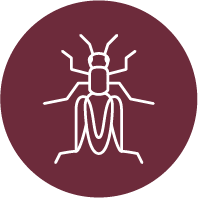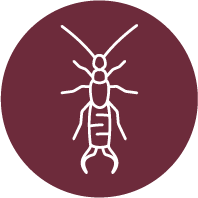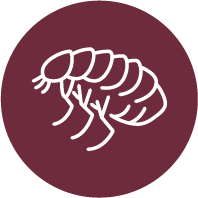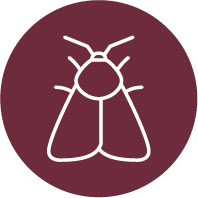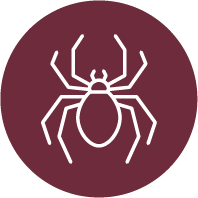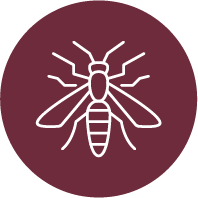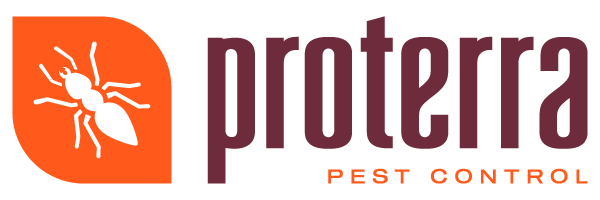Eliminating Hidden Hotspots: Uncovering Overlooked Pest Breeding Grounds in Warehouse Operations
Warehouses serve as the backbone of the supply chain, ensuring that goods move efficiently from manufacturers to consumers. However, these vast spaces can harbor more than inventory—they can become sanctuaries for pests.
Hidden hotspots, often overlooked in routine inspections, are frequently the starting points for major infestations. For warehouse managers and logistics professionals, recognizing and eliminating these concealed breeding grounds is not just about cleanliness but about safeguarding product integrity, regulatory compliance, and operational efficiency.
Why Hidden Pest Hotspots Are a Major Threat
Pests such as rodents, insects, and birds are experts at exploiting human oversights. A large part of the world’s food supply is contaminated by pests each year, costing billions of dollars and threatening food safety standards.
In warehouse environments, pests don't always nest in obvious places. Instead, they gravitate to concealed or infrequently accessed areas—behind pallets, within shipping containers, under racks, or near damaged or loose packaging.
These hidden zones offer pests shelter and access to food sources and optimal breeding conditions. The result? Small, localized infestations can rapidly escalate into widespread problems that threaten entire supply chains.
Commonly Overlooked Breeding Grounds in Warehouses
The Gaps Behind Pallets and Racking Systems
Warehouse racking systems are essential for maximizing vertical storage, but the spaces behind and beneath these racks are notorious for accumulating debris and dust. These areas are seldom disturbed, making them attractive to pests like cockroaches, which prefer darkness and proximity to food residue. Likewise, rodents can burrow behind stacks of pallets, creating nests that go undetected for months.
Neglected Shipping Containers and Loading Docks
Shipping containers often arrive from various locations and can harbor pests from their point of origin. If these containers sit unopened for extended periods, they can become breeding grounds for invasive species.
Loading docks, where goods are transferred, can also serve as entry points for pests if not properly sealed and monitored. A large percentage of pest incursions in warehouses are linked to loading and receiving areas.
Loose or Damaged Packaging
Loose, torn, or improperly stored packaging materials provide both nesting and food sources for pests. Cardboard, in particular, can attract silverfish, beetles, and even termites. These pests can easily go unnoticed, especially if the affected packaging is located in hard-to-reach corners or high shelves.
Utility Areas: Hidden Infrastructure Risks
Areas where utility lines, plumbing, and electrical conduits enter the warehouse are often poorly sealed. Small gaps around pipes and wires provide easy access for rodents and insects. These utility zones are rarely part of routine inspections, yet they serve as critical highways for pests moving throughout the facility.
Proactive Tips for Identifying and Eliminating Hidden Pest Hotspots
Conduct In-Depth Facility Audits
A comprehensive facility audit is the cornerstone of effective pest control. At Proterra Pest Control, our experts utilize advanced inspection tools and knowledge of pest behavior to uncover hidden hotspots. Audits should include:
- Detailed inspections of racking systems, especially behind and beneath pallets
- Examination of shipping containers upon arrival and before integration into warehouse storage
- Scrutiny of packaging materials and storage methods to spot signs of infestation
- Thorough assessment of utility entry points and seldom-visited corners
Partnering with a professional pest management provider ensures that no area is overlooked and that inspections are conducted according to the latest industry standards.
Seal Potential Entry Points
Physical exclusion is one of the most effective methods for preventing pest incursions. This involves sealing cracks and gaps in the warehouse structure, especially around loading docks, utility penetrations, and poorly fitted doors. The EPA recommends regular building maintenance and sealing as a best practice to prevent pests.
At Proterra Pest Control, we employ weather-resistant sealants and durable exclusion barriers that withstand the demands of busy warehouse operations, ensuring long-term protection against unwanted intruders.
Implement Continuous Pest Monitoring
Continuous tracking and monitoring are crucial for early detection. Installing monitoring stations and using digital tracking tools allows for real-time alerts when pest activity is detected. These systems help warehouse managers comply with industry standards such as BRCGS and AIB, which require documented pest control measures as part of their audit processes.
Regular data analysis from these monitoring tools enables proactive responses—catching infestations before they can escalate and disrupt operations.
Educate and Engage Your Team
A well-trained warehouse team is your first line of defense. Staff should be educated on the signs of pest activity and encouraged to report anomalies immediately. Consistent communication and ongoing training create a culture of vigilance that greatly reduces the risk of hidden infestations.
The Role of Proterra Pest Control in Warehousing Excellence
At Proterra Pest Control, our integrated pest management services are designed specifically for the unique challenges of warehouse environments. Our approach includes:
- Thorough facility audits to pinpoint and eliminate hidden hotspots.
- Sealing and fortifying entry points to prevent future infestations.
- Continuous monitoring and digital reporting to maintain compliance and supply chain integrity
We are committed to sustainable pest control solutions that prioritize safety, efficiency, and industry best practices—never relying on harmful chemicals or approaches that compromise environmental health.
If you’re concerned about unseen pest threats in your warehouse, contact Proterra Pest Control today for a customized audit and prevention plan. Together, we can ensure your operations remain pest-free, compliant, and resilient in an ever-evolving supply chain landscape.
